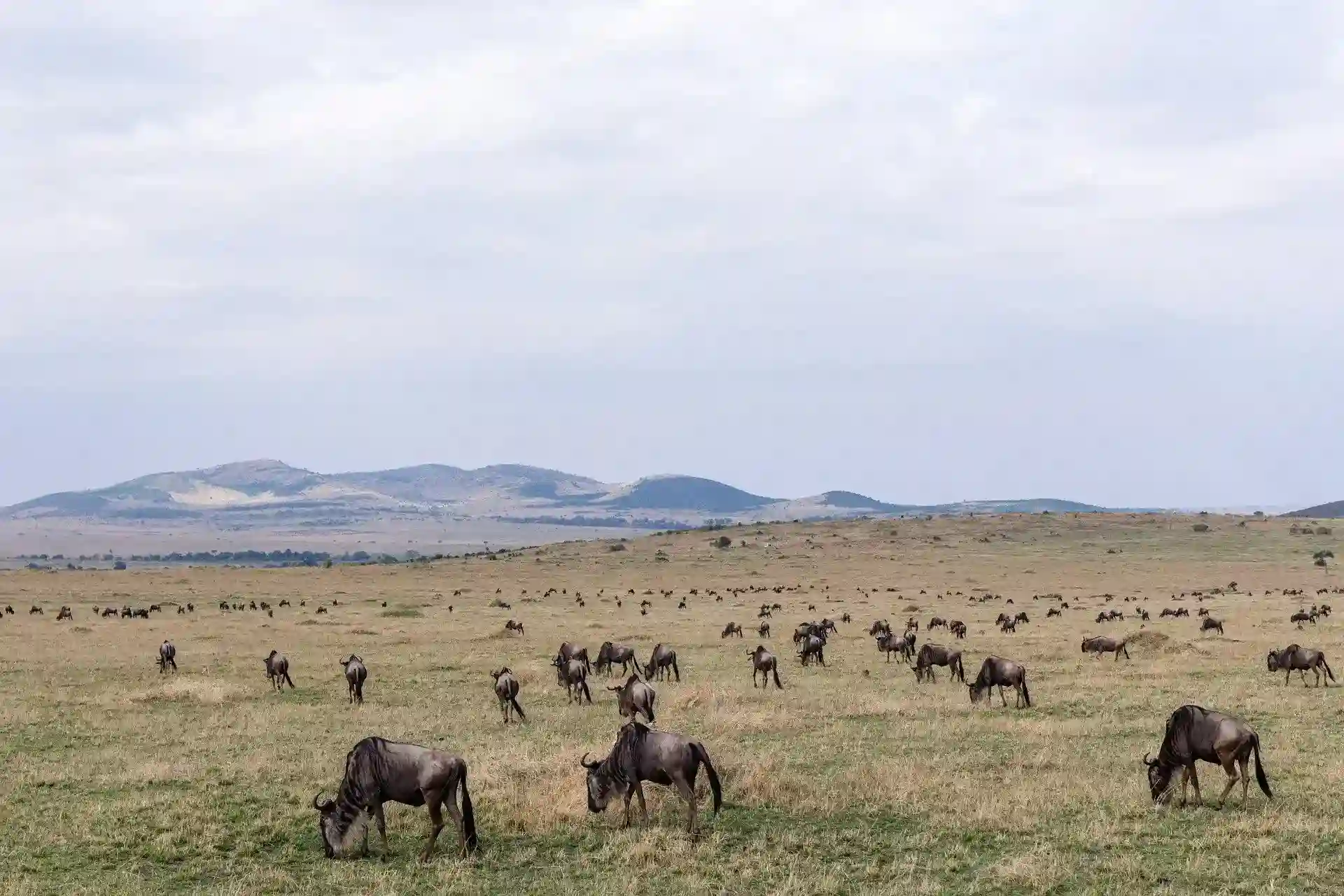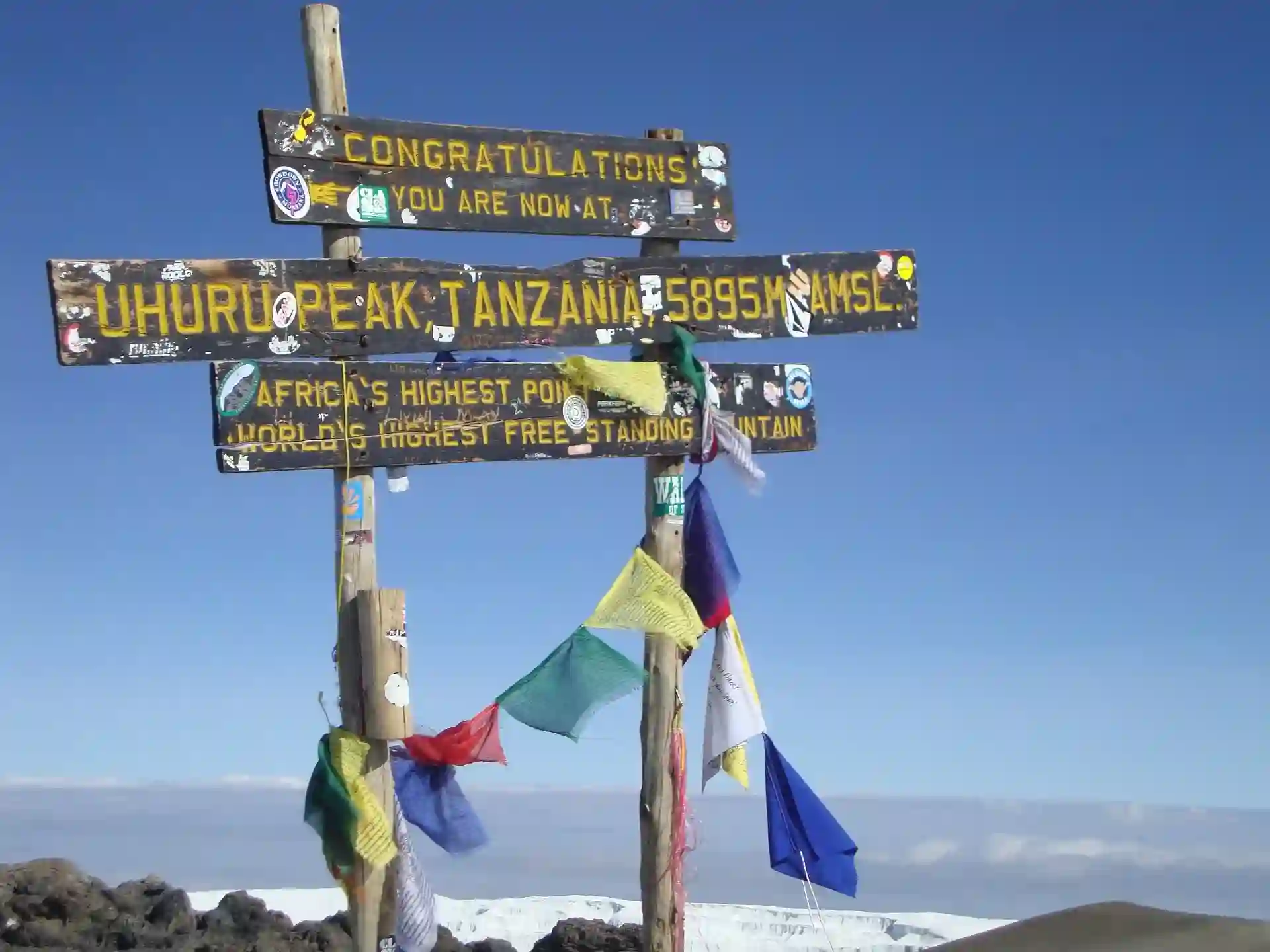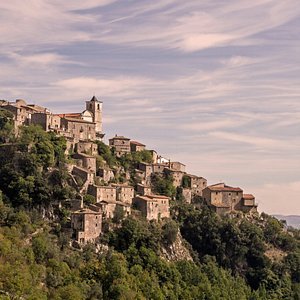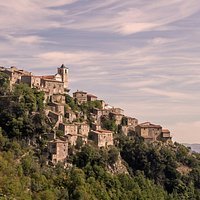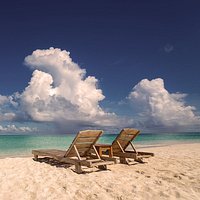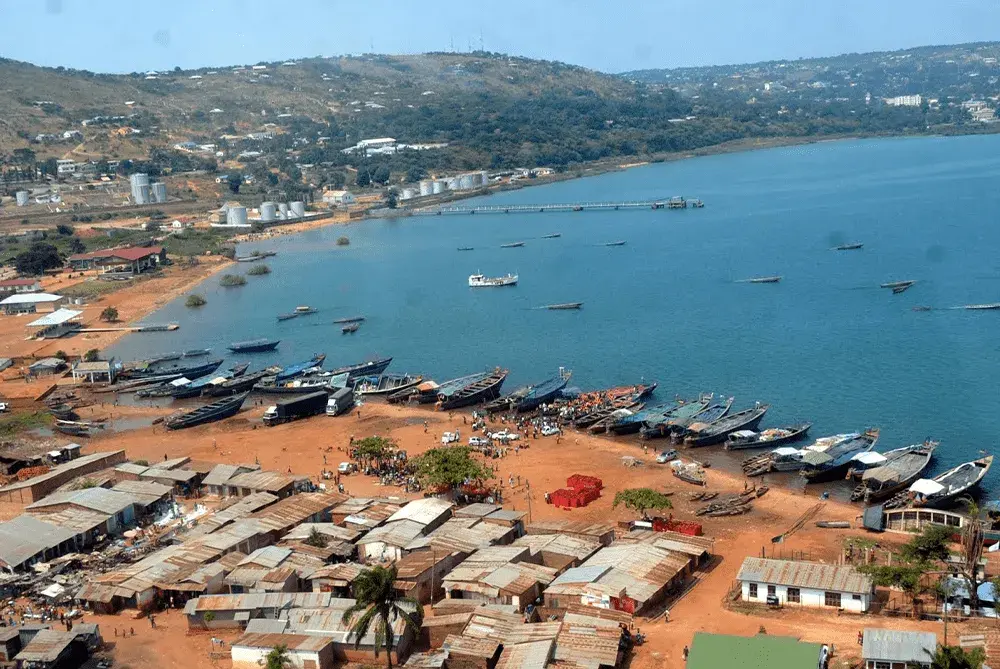
Kigoma Tanzania
This agreeable little town is the regional capital and only large Tanzanian port on Lake Tanganyika. It’s also the end of the line for the Central Line train and a starting point for the MV Liemba and visits to Gombe Stream National Park. Kigoma is hardly a bustling metropolis, but it feels that way if you’ve slogged across Western Tanzania by road to get here.
Other than a few scattered buildings dating to the German colonial era, including the train station and what some call Kaiser House (now the home of the Regional Commissioner), Kigoma has no real attractions, but several villages and beaches around town could easily occupy a few days.
Sights
Jakobsen’s (Mwamahunga) Beach
Jakobsen’s is actually two tiny, beautiful sandy coves below a wooded hillside. The overall setting is idyllic, especially if you visit during the week when few people are around; you could forgive yourself for thinking you were in the Caribbean. There are some bandas for shade, and soft drinks and water are sold at the guesthouse. It’s 5km southwest of town, signposted off the road to Katonga. Dalla-dallas to Katonga can drop you at the turn-off, from where it’s about a 20-minute walk.Katonga
This large and colorful fishing village is quite a spectacle when the 200-plus wooden boats pull in with their catch. During the darkest half of the moon’s cycle they come back around 8am after they’ve spent the night on the lake fishing by the light of lanterns. Dalla-dallas comes here frequently.Kibirizi
There are many fishermen at Kibirizi, 2km north of town by the oil depots. The early afternoon loading of the lake taxis is impressive in a noisy, colorful and rather chaotic kind of way. You can walk here by following the railway tracks or the road around the bay.Ujiji
Tiny Ujiji, one of Africa’s oldest market villages, earned its place in travel lore as the spot where explorer-journalist Henry Morton Stanley uttered his famously casual ‘Dr Livingstone, I presume?’ As a terminus of the old caravan route to the coast, Ujiji grew prosperous on the back of the slave and ivory trade and during Livingstone’s time it was the main settlement in the region; a status it lost after the train station was built at Kigoma. Burton and Speke also stopped here in 1858 before setting out to explore Lake Tanganyika. Despite its distinguished past, little remains today of Ujiji’s former significance except that some buildings away from the main road show Swahili traits. Ujiji is 8km south of central Kigoma; dalla-dallas run between the two towns throughout the day. The Livingstone site is down a cobblestone street about 1km off the main road. The port and the beach are 300m further on from there. Just ask for Livingstone and the dalla-dalla driver will drop you off at the right place.Sights
Livingstone Memorial Museum
The site where the immortal words, ‘Dr Livingstone, I presume?’ were uttered by Stanley on meeting Livingstone in 1871 is commemorated by a stark grey, half-collapsed monument inside a chain-link fence. The two mango trees here (two others have died) are said to have been grafted from the original tree that shaded the two men during their encounter.Down below, and part of the same complex, the Livingstone Memorial Museum holds little more than a few prints about the East African slave trade, a few paintings by local artists and papier-mâché replicas of the two men. The steep admission fee makes the complex only worth a visit if you really love the Livingstone and Stanley story.


